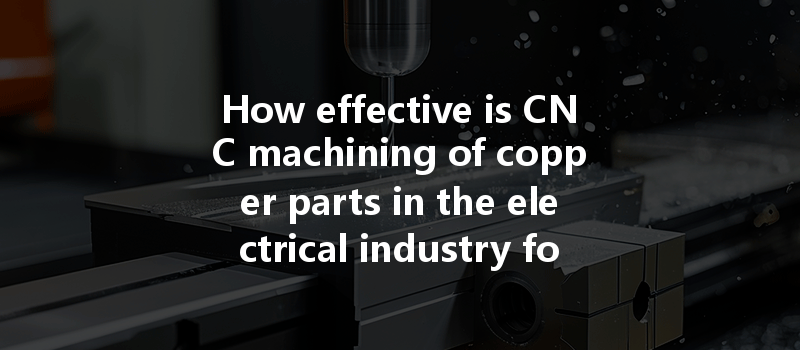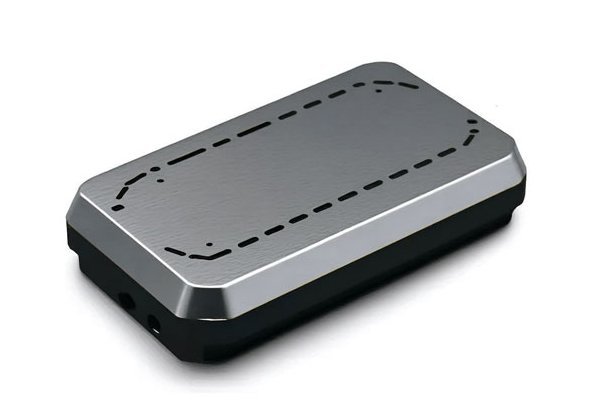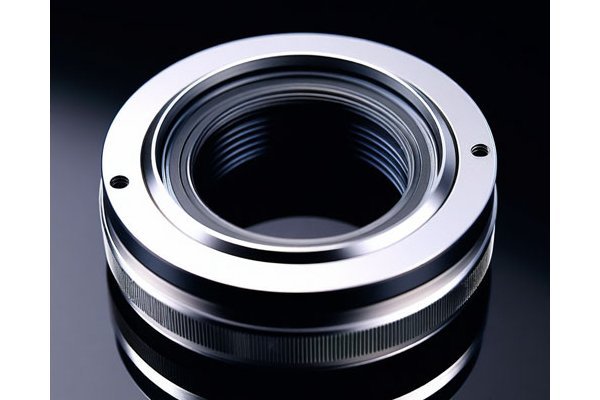Did you know that copper is one of the most widely used materials in electrical applications, accounting for nearly 60% of the total metal consumption in the electrical industry? Its exceptional electric conductivity, thermal conductivity, and ductility make copper a preferred choice for anything from wiring to connectors. However, the manufacturing of copper components comes with challenges, particularly in achieving precision, consistency, and efficiency. Enter CNC (Computer Numerical Control) machining—a technology that has revolutionized the landscape for producing copper parts in the electrical industry.
In this comprehensive blog post, we will delve into the effectiveness of CNC machining in producing copper parts, explore the challenges faced, and provide detailed solutions to optimize the manufacturing process for enhanced performance. From understanding the machinability of copper to the intricacies of CNC technology, let us embark on this enlightening journey.
The Importance of CNC Machining in Electrical Applications
CNC Machining has become indispensable in the manufacturing of electrical components for several reasons:
Understanding Copper’s Machinability
Before diving into CNC machining mechanisms tailored for copper, it’s vital to understand the material’s unique qualities.
Properties of Copper:
Challenges of Machining Copper
Machining copper components comes with its own set of challenges, notably:
CNC Machining Techniques for Copper
Now that we understand the importance of CNC machining and the challenges involved, let’s dive deeper into the specific processes and techniques used for effectively machining copper components.
The choice of CNC machinery directly impacts machining efficiency and effectiveness. Critical considerations include:

The following cutting parameters should be fine-tuned for effective copper machining:
Using coolants effectively can greatly enhance CNC machining of copper by minimizing heat buildup and flushing away chips, which might be abrasive. Water-soluble oils or water-based coolants are often suitable, but ensure they do not adversely rust the copper.
When machining copper, the geometry of the cutting tool is crucial:
Burrs on machined copper components can jeopardize performance. Techniques to mitigate burr formation include:
Quality Control and Inspection Techniques
Quality assurance is critical in the electrical industry to ensure the reliability of copper components. Effective methodologies include:
Performing an FAI before mass production ensures that the first few parts meet design specifications and machining tolerances.
Utilizing CNC machines with integrated sensors can provide real-time information on process deviations, allowing for immediate corrective actions.
Employ coordinate measuring machines (CMM) for exact dimension verification to keep errors in check.
: The CNC Machining Advantage in Electrical Applications
CNC machining of copper components plays an indispensable role in the electrical industry, marrying creativity with precision, scalability with efficiency. As we explored, while various challenges exist—including galling, tool wear, and heat generation—effective strategies can be implemented to mitigate these concerns.
By selecting suitable machinery, optimizing cutting parameters, and employing robust quality control measures, manufacturers can dramatically enhance the effectiveness of copper machining.
Ultimately, the reliability of electrical components is heavily dependent on precision in manufacturing, making the methods covered in this blog all the more relevant.
As the industry continues to evolve with advanced technologies, understanding the ins and outs of CNC machining for copper will be instrumental in ensuring competitive edge and operational efficiency. We invite readers to reflect on these techniques and consider how they can apply them to create high-quality products that withstand the demands of modern electrical applications.






